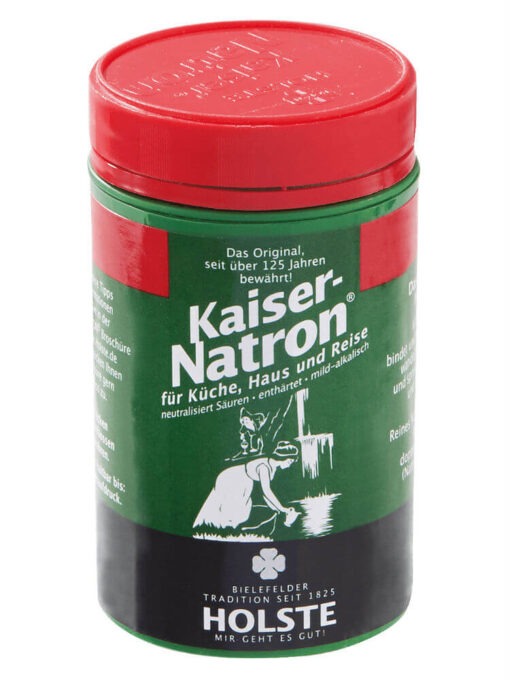
Historical natron was harvested directly as a salt mixture from dry lake beds in ancient Egypt, and has been used for thousands of years as a cleaning product for both the home and body. In modern mineralogy the term natron has come to mean only the sodium carbonate decahydrate (hydrated soda ash) that makes up most of the historical salt.Ī faience vase fabricated in part from natron, dating to the New Kingdom of Egypt (c. Throughout history natron has had many practical applications that continue today in the wide range of modern uses of its constituent mineral components. Natron deposits are sometimes found in saline lake beds which arose in arid environments.

Natron is white to colourless when pure, varying to gray or yellow with impurities.

Natron is a naturally occurring mixture of sodium carbonate decahydrate ( Na 2CO 3♱0H 2O, a kind of soda ash) and around 17% sodium bicarbonate (also called baking soda, NaHCO 3) along with small quantities of sodium chloride and sodium sulfate. Natron deposits in the Era Kohor crater in the Tibesti Mountains, ChadĬolourless to white, greyish, yellowish colourless in transmitted light.Ĭrystalline, granular, and columnar crusts


 0 kommentar(er)
0 kommentar(er)
